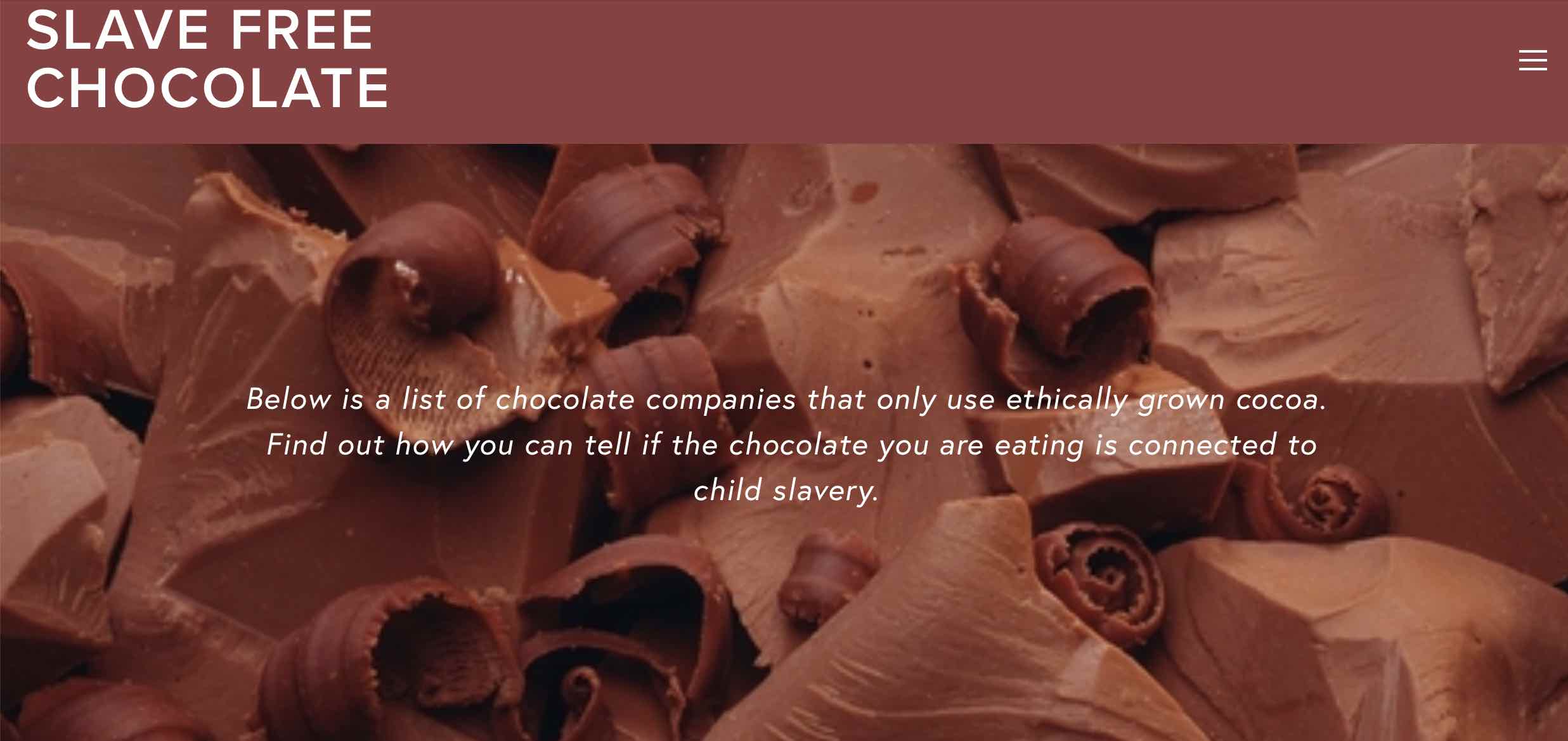Earlier this autumn, I had a chance to visit the Dominican Republic, where I learned a great deal about women’s roles in cocoa and chocolate. When I returned, I wrote this post for Divine Chocolate USA, which had made a generous donation of chocolate and other fun products for me to share with the Women in Trade Association members, and cocoa and chocolate producer groups that I met. Enjoy the read, and keep an eye out for an upcoming post about transparency in specialty chocolate, following my recent panel talk at the inaugural Chocolate Conservatory, hosted by the FCCI at Harvard University.
I had the privilege recently to spend ten days in the Dominican Republic, at the invitation of Exporta Calidad (Exporting Quality, a USDA-funded program managed by the International Executive Service Corps).
The purpose was to meet with cocoa producers and chocolate makers, advising on business strategy and marketing, and to better understand the gender aspects of the program. As soon as I arrived, we dove into field visits, driving all across the island to visit businesses that produce cocoa, or cocoa products, for local markets or for export.
Having done virtually all of my cocoa fieldwork in Africa, the first thing I noticed was that there is a local market for cocoa consumables. As a scholar, I have learned a lot about the cultural history of cocoa in this part of the world, where people have been making things to drink and eat out of cocoa fruit for centuries. But knowing something from books is different to experiencing it. I am used to Africa’s export-only markets, where most cocoa leaves the country as beans and there is little taste for cocoa. But in the DR, on our first visit of each day, we were greeted with a cup of hot chocolate, often spiced with cinnamon and cloves, and sometimes paired with bread: a typical breakfast. I spent time with many small businesses that made and sold las bolas de cacao (thick rolls of solid cocoa that are grated into hot water or milk), cocoa butter (often made dearly by boiling the cocoa, when the business did not own a press), cocoa powder, cocoa wine, and even a cocoa pulp marmalade. I had never seen cocoa put to so many uses, or enjoyed it in so many forms.
It took me a few days, however, to realize something else: that I was four or five visits in before I spoke with a man! In West Africa, the business of selling and exporting cocoa is very much a male endeavor. But in the DR, I was seeing women running cocoa businesses and in leadership roles at producer organizations, at least among the small ventures (at the large companies and major exporters, I did meet mostly with men). I asked Nilsy Delgado if this was also the case for the program that she runs for Exporta Calidad, oriental vegetables (so called not because they originated in Asia, but because they are exported to there). She said no. For those crops, women work in the packing plants and are often in charge of quality inspection, but the business leaders are mostly men.
I couldn’t say for sure why this is so, but I think it has something to do with the first point: that in the DR, cocoa drinks and so forth are things that people consume, every day, in their homes. They are part of the food culture. At several of the businesses, local customers dropped in during my visit, shopping for this or that. Women prepare cocoa for their own families to consume, so they are the ones who create businesses out of these products. There are definitely exceptions: near the end of my stay in the Dominican Republic, I met with a young man whose company was producing cocoa products and seeking to export them. Surely there are other local cocoa companies in the DR run by men, perhaps many of them. But at least on this visit, I saw cocoa products as women’s business.
On my last day in Santo Domingo, I gave a talk to the Exporta Calidad Women in Trade association, on branding for success. In my talk, I used Divine Chocolate as an example of a company that has made women’s work—and empowerment—in Ghana cocoa a part of its brand story. Divine has been able to communicate to chocolate lovers in a way that I have not seen any other company do, about the real women behind Ghana’s cocoa. Some of the women who attended my branding talk in Santo Domingo were the same cocoa business managers I had visited earlier in the week. I saw their heads nodding in recognition when I showed images of women from Kuapa Kokoo, which provides most cocoa for Divine Chocolate, working on their farms and sometimes even enjoying chocolate. The women who grow cocoa in Ghana may not make cocoa powder or butter, or serve their families cocoa drinks made from fruits that they harvest. But had I been presenting on Dominican cocoa and chocolate to an audience of women in Ghana (and maybe I will!), I believe that that audience too would have recognized their fellow businesswomen in the Dominican Republic, and seen their cocoa business affinity.
The world of cocoa is both small and infinite. Working in many different parts of this industry, I see similarities everywhere—and, often, the same people—and that makes it feel quite close. But the learning possibilities are endless. I am grateful to have spent time in a cocoa place that was totally new to me, but still to have felt kinship there, and to have taken another step on my lifelong journey in understanding the whys and the hows of chocolate. My grateful thanks to IESC, Exporta Calidad, Divine, and all the businesswomen and men who shared their time and experiences with me in the Dominican Republic.
This post first appeared at Divine Chocolate USA, Good Stuff: http://www.divinechocolate.com/us/good-stuff/news/2018/10/cocoa-women-s-business-dominican-republic




